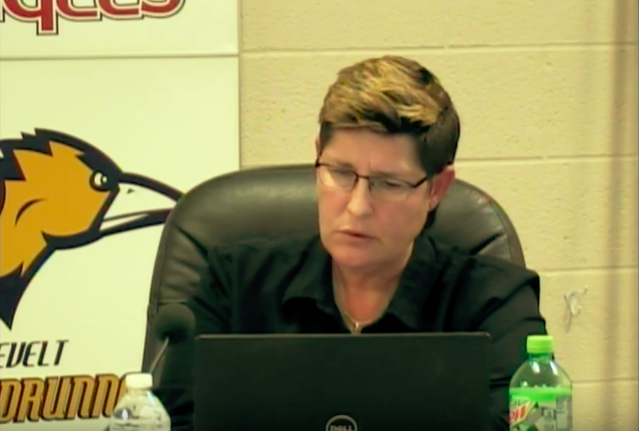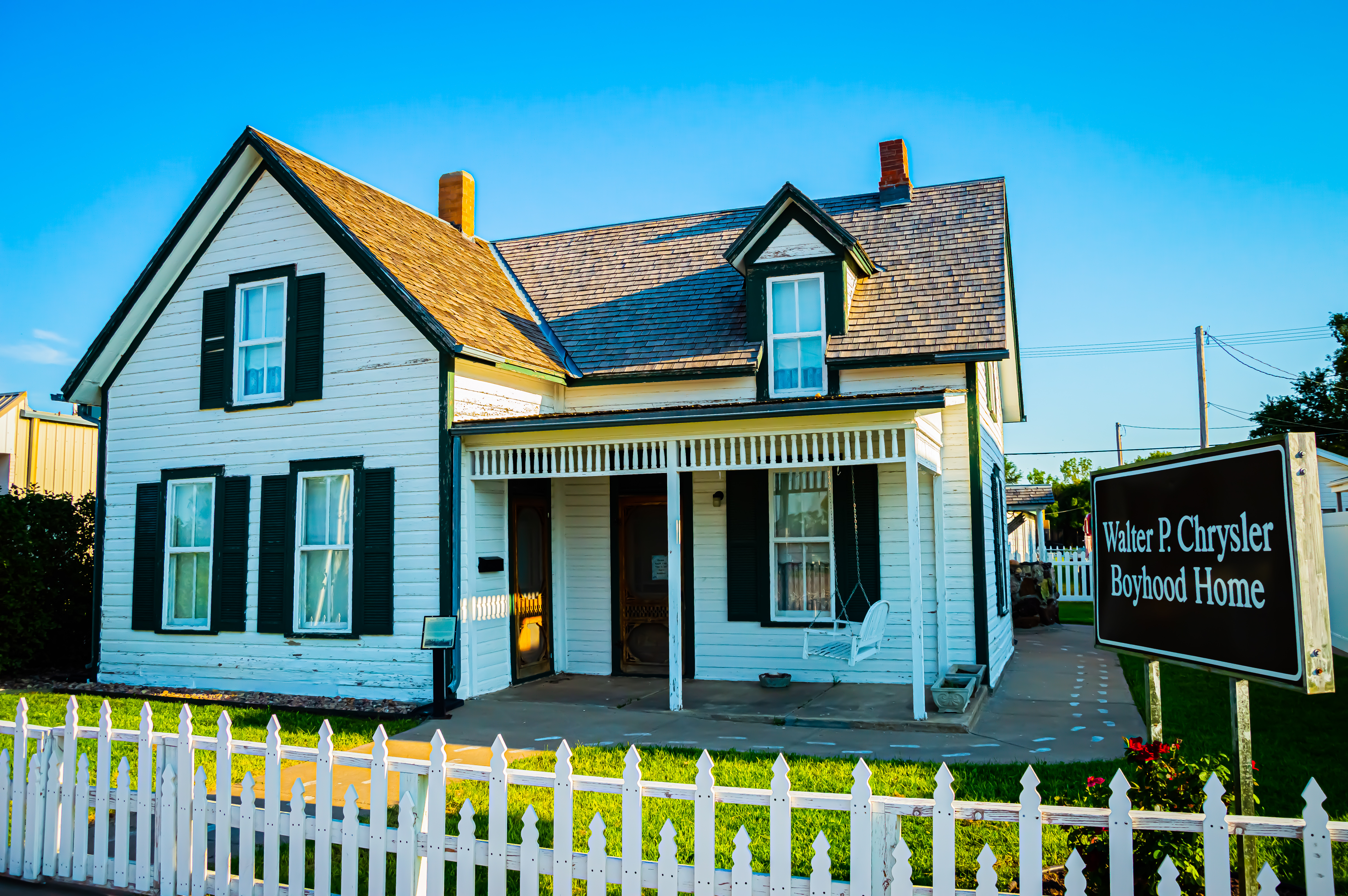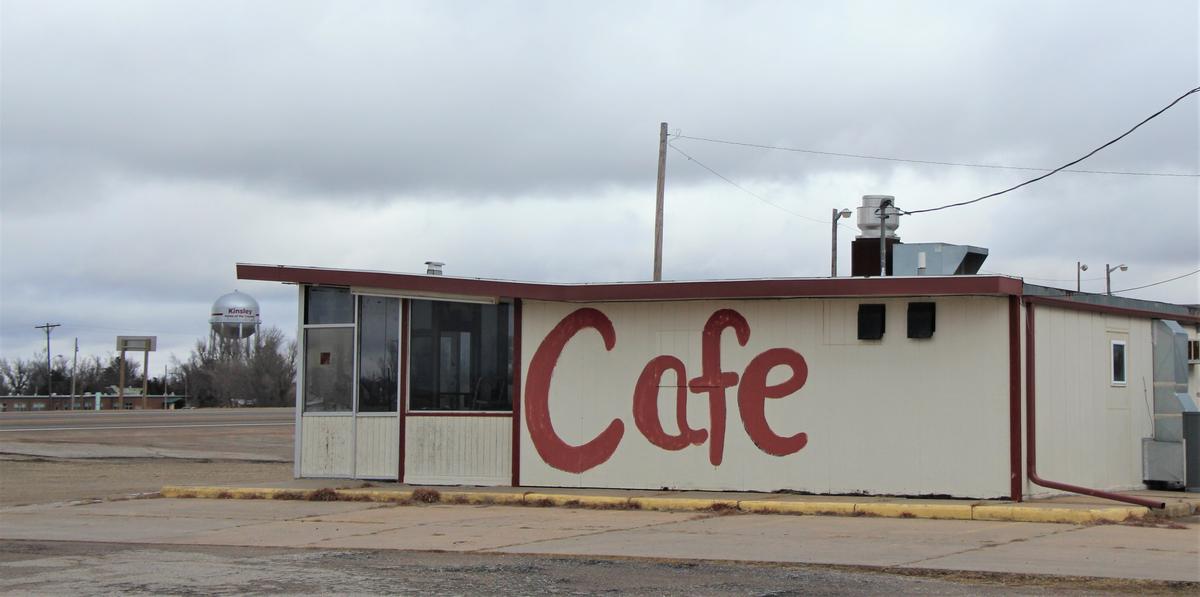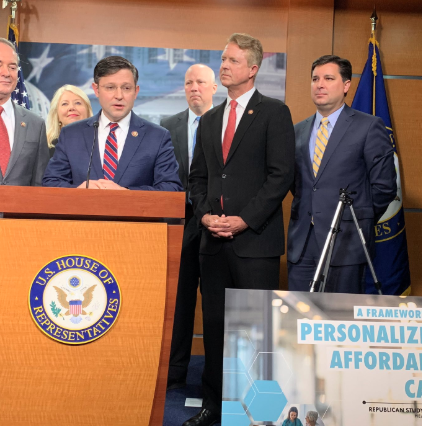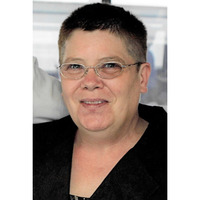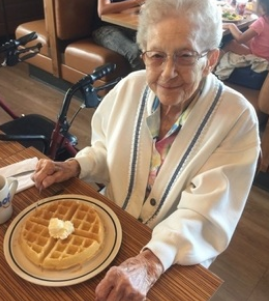By CRISTINA JANNEY
Hays Post

The Hays USD 489 school board approved raises for clerical and nutrition staff at its meeting Monday night.
The school board was first presented a classified wage study on June 16. It found several classes of USD 489 employees are not making as much as their peers. The raises will help bring the wages for the staff in line with wages of their peers in the community and at other school districts.
Faith Lochmann, human resources coordinator, presented data from that wage study.
Entry-level wages for USD 489 clerical staff ranged from $9.81 to $11.42 per hour.
Comparable school districts pay an average of $11.08, and comparable cities pay an average starting wage of $13.45. FHSU’s starting wages ranged from $12.71 to $13.98.
HaysMed indicated its lowest starting wage for clerical staff is $10.39, but it hires off a schedule that takes into account years of experience and often hires new staff at higher than the minimum based on that schedule. The average of all the comparable positions was $11.14 to $12.31 per hour for starting wages for clerical staff.
“The district is not ready to implement a full-blown wage schedule,” she said, “but we recognize a strong need to level-set our current employees based on their years of experience with us and where they are being compensated.”
To level the wages will cost the district an average of 84 cents an hour for clerical staff. However, Keith Hall, interim director of finance, said not all employees will receive the same raise. No employee’s pay will decrease. Some employees’ pay could stay the same. Others will increase based on their current pay and years of experience.
Annual cost for clerical staff raises will be $23,642.
The district also approved raises for nutrition staff, which Lochmann said was experiencing high turnover.
Documents describing the raises for the nutrition staff were presented to the board. They were not discussed, and they were not made available to the media as of time of publication. Hall and Lochmann also had not returned calls as of time of publication.
Pay for technology employees was also shown to be lower than their peers, but those wages have already been adjusted.
The total cost for the raises will be $101,000 annually.
Although the agenda item was set for discussion only Monday night, board member Greg Schwartz suggested the board vote on the plan so the raises could go into effect starting in November.
“It seems to be if this is where we think we need to go, I don’t know why we need to wait, just implement it and move forward,” he said.
Board member Paul Adams said he was not opposed to the raises, but he would like to see more time to implement the plan. He ultimately was the sole dissenting vote on the motion.
“Because we have some pending negotiations out of the same pool of money,” he said, “I would like to be able to look at the total impact on what we have available, so I think it is premature without looking at it. I support coming back to it in two weeks, but not until we run some numbers on it.”
Hall said eventually the district would like to create a pay schedule for classified staff; however, he said the finance staff is not ready to roll out a salary schedule at this time.
Oak Park Complex
The former Oak Park Medical Complex was renamed the USD 489 Early Childhood Complex at the meeting Monday.
The four-building center was recently renovated with federal grant funds. It houses Early Child Connections and other district early childhood programs. A ribbon cutting for the complex will be at 10 a.m. Thursday with an open house from 3:30 to 4:30 p.m.
Munjor building
The early childhood program that was in Munjor has been moved to the renovated Early Childhood Complex. The district owns only a portion of the property. The Catholic Church owns the rest of the property. The board discussed turning the entire property over to the Catholic Church now the school district is no longer using the property.
Board member Lance Bickle said he wanted to make sure the district would not need the space in the future before it turned over the property.
Negotiations
The school board met in executive session Monday to discuss negotiations. Representatives from the school and teachers met with a federal mediator Thursday night, but were still unable to come to an agreement on a contract. The board is considering next steps, but took no action Monday on negotiations.
The teachers and board have said pay and health insurance have been the stumbling blocks in reaching an agreement.
